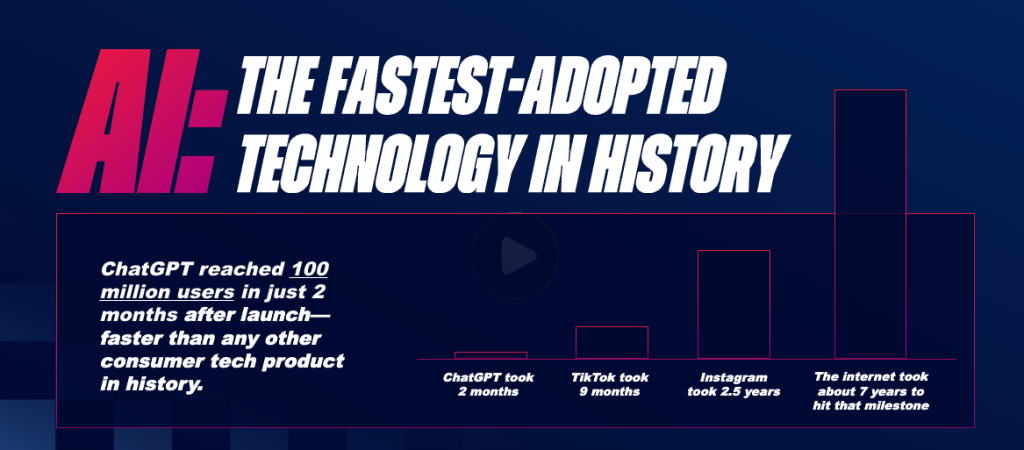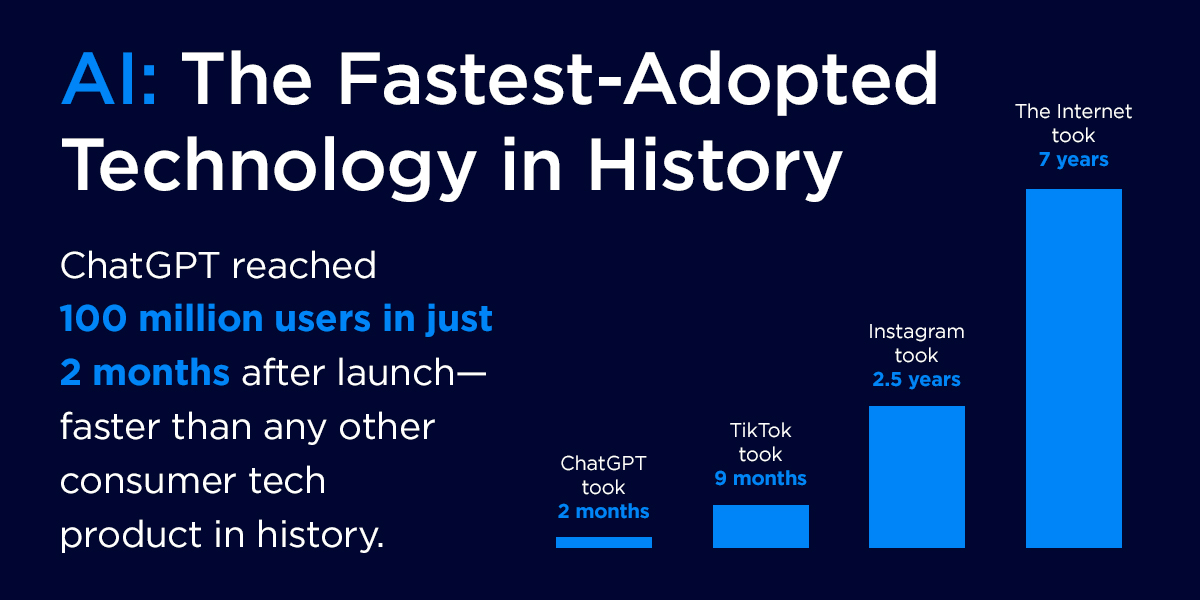Change isn’t coming to automotive retail—it’s already here. With the rise of new digital tools and technologies, shoppers now expect a seamless, e-commerce-like experience at every stage of the car-buying journey. They want to research, personalize, finance, and finalize deals on their terms, then move in‑store without repeating steps. The dealerships that are leading the charge in this area aren’t replacing people with technology; they’re using technology to deliver a faster, more transparent, more human experience.
Customers Are Calling the Shots
Two key truths tell the story of this rapid digital adoption. First, customers are pushing the industry deeper into digital. In fact, 69% of franchise dealers say it’s their customers who are driving adoption of online retailing tools. Second, 65% of shoppers say they would prefer to conduct most or all of the purchase online. This isn’t about whether buyers want digital options—it’s about how quickly each store can meet them there.
Each generation approaches this digital shift a little differently. Boomers often prefer classic, in‑store experiences. Gen X and Millennials are hybrid: they’ll research and configure online, then finish at the store. Gen Z (true digital natives) expects an end‑to‑end digital path that they can complete without picking up the phone. In other words, a one‑size‑fits‑all “digital strategy” won’t cut it. You need a flexible journey that adapts to each buyer’s starting point and comfort level.
AI Is Rewriting the Rules of Merchandising
As shoppers begin their browsing journey, AI assistants are influencing purchase decisions long before they even reach your website. As AI assistants help consumers translate needs and search terms into choices, structured, richly merchandised inventory is essential. If your vehicle data, photos, and descriptions are incomplete or inconsistently formatted, AI agents may never surface your listings —no matter how competitive your price. Think of the travel industry’s evolution: hotels that mapped inventory to structured schemas and real‑time availability climbed in AI‑curated results; those that didn’t became invisible. The same principle is coming to automotive: visibility now depends on being interpretable by machines and compelling to end-consumers.
Speaking broadly, the popularity of AI is accelerating at record speed. ChatGPT reached 100M users in two months, and analysts project the global AI market to surpass $2T by 2030. So, what’s the implication for retail? Younger buyers already use AI tools for everyday tasks. As more consumers seek speed, clarity, trust and personalization in their car shopping experiences, AI is simply the fastest way to deliver all four at scale.

Filling the Efficiency Gap
Ask buyers what they remember after a purchase, and most respond with familiar answers like wait time, transparency, and whether the process made sense. Unfortunately, the average national in‑store transaction time still hovers around 2.5 hours. This is driven less by price negotiation and more by repetition, hand‑offs, and long waits for paperwork and approvals. Customers say they want transaction times closer to 90 minutes or less, and satisfaction drops with every extra minute.
The numbers speak for themselves. As much as 64% of buyers and 53% of shoppers see clear room to improve dealership efficiency. Crucially, this isn’t about automating everything. It’s about removing friction so you can deliver fast experiences for digital‑first buyers and guided experiences for customers who want a human touch.
Continuity Counts in Car Buying
Seven in 10 consumers say starting the car buying process online saves time—yet 97% of dealers report that once the customer arrives, steps are re‑done in the store. The fix for this inefficiency is less about software and more about culture and workflow. As you train your team to treat the customer’s online activity as the single source of truth, they can work to continue the deal right where the shopper left off.
One way you can accomplish this is by sending a personalized digital deal link to every lead, call, and walk‑in. A digital link gives customers transparent payment options, financing workflows, and an easy hand‑off for in‑store completion. Stores that do this see 2–3× higher close rates on digital deals, without sacrificing gross, while setting clearer expectations and reducing idle time.
Case in Point: A Showroom that Removed the Curtain
One of our luxury dealership clients recently transformed their showroom with a customer-facing, digitally integrated workflow. Instead of disappearing for pricing, printouts, or “manager approvals,” client advisors stayed with customers throughout the entire process—from first hello to final handshake.
With transparent, shared screens and an online-to-offline continuation of the deal (trade-in details, saved vehicles, payments), the dealership reported a 10% higher in-showroom close rate, faster finalization, and an experience that customers actually praised. It’s a real-world example that when you reinforce trust and reduce friction, performance and satisfaction follow.
A Playbook of What to Do Next
- Merchandise for machines and people. Standardize data fields, enrich VDP copy, and maintain consistent, high‑quality photos. Your goal: make every unit “AI‑readable” and consumer‑compelling.
- Default to digital deal links. Make it muscle memory to send the link for walk‑ins, calls, and web leads; track adoption by rep and coach to consistency.
- Kill redundancy. Map the steps customers complete online and design the in‑store workflow to continue—not restart—them. Tie incentives to continuity.
- Train the team on the tools. The best platform won’t help if reps aren’t confident using it live with customers. Prioritize role‑play and on‑the‑floor reinforcement.
- Measure what matters. Track time‑to‑close, rate of repeated steps, digital‑deal penetration, and CSI deltas as you remove friction. Small wins compound quickly.
Lead the change, don’t chase it.
As you blend human expertise with seamless digital journeys, you can give shoppers the experiences they seek. Start by giving every customer the continuity, clarity, and control they already expect. With Cox Automotive’s Deal Central, your team can deliver that seamless experience, while staying ahead.
Want to see it in action? Schedule your demo and discover how Deal Central can help your dealership win faster, smarter, and more consistently.
Sources: 2024 Digitization of Automotive Retail findings; internal dealer experience data; industry benchmarks on AI adoption and consumer behavior.



